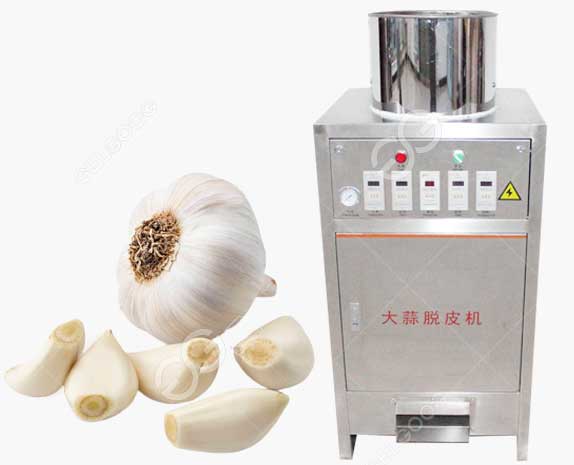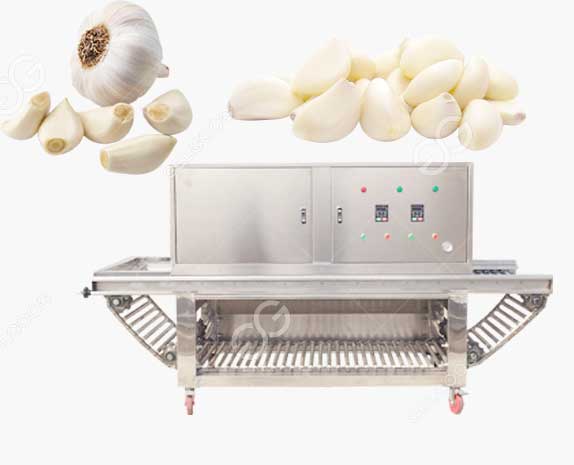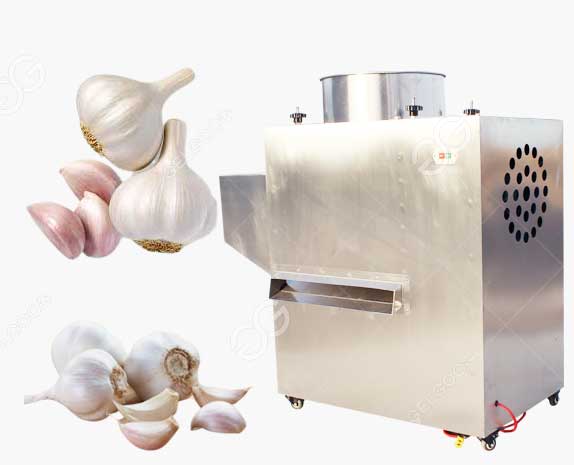Ginseng is a perennial herb that likes shade. The leaves have no pores and palisade tissue, so they cannot retain water. The leaves will burn when the temperature is higher than 32°C. The canopy density is 0.7-0.8. It usually blooms in 3 years and bears fruit in 5-6 years. The flowering period is May-June and the fruiting period is June-September. It grows in coniferous and broad-leaved mixed forests or deciduous broad-leaved forests dominated by Korean pine at an altitude of several hundred meters between 33°-48° north latitude. It is produced in Northeast China, North Korea, South Korea, Japan, and eastern Russia.
Ginseng processing steps
Before drying, it is necessary to scrape the ginseng epidermis, ginseng residual stems and scars from top to bottom, leaving the two thick legs of fresh ginseng and removing the rest of the small ginseng whiskers. When drying ginseng, put them on the drying tray in a single layer according to large, medium and small respectively, and then send them to the drying room for drying.
Ginseng Drying Process
The ginseng is placed in the drying room in layers, and there is sufficient space between the layers. Do not place them too closely to facilitate ventilation and dehumidification. The air energy and hot air circulation components make the temperature and air flow in the entire drying room uniform. And take away the water molecules in time. When drying ginseng, the temperature of the drying room should not be too high. Generally, it is set within the temperature parameter range of 45°C-50°C, with a minimum of 30°C and a relative humidity of about 60%. Carry on until the moisture content is within 10%.



